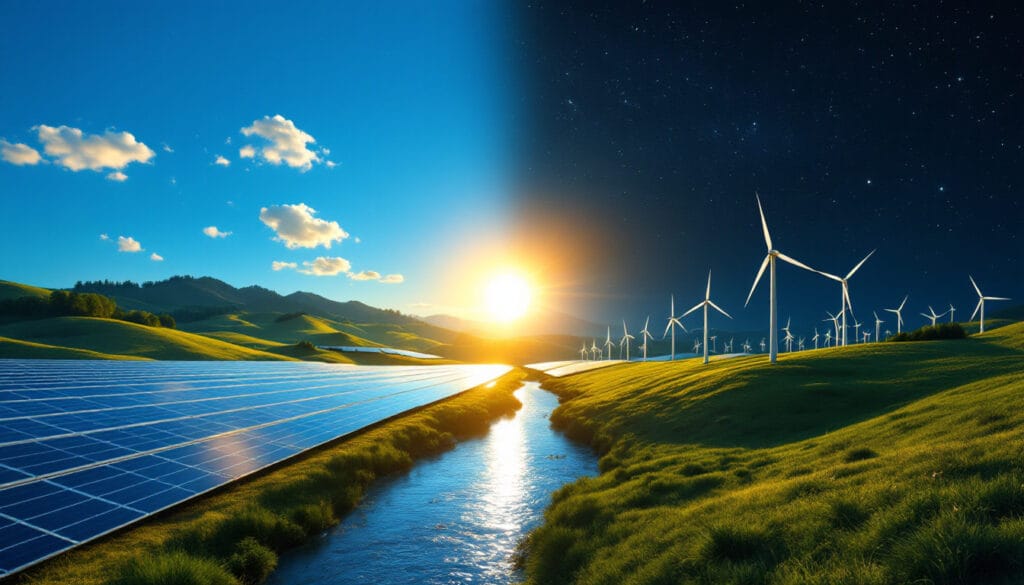Final energy, often referred to as available energy, is the result of a long process of converting natural resources. Before reaching your business or home, this energy goes through several transformation stages. In contrast to primary energy, which refers to energy forms as they exist in nature, final energy is the one that is ready to be consumed. It comes in the form of gas, fuel oil, wood, and many others. Understanding the distinction between primary energy and final energy is essential for stakeholders engaged in sustainable development looking to optimize their energy consumption and reduce their ecological footprint.
Energy is ubiquitous in our daily lives, but to grasp its full reality, it is crucial to distinguish between primary energy and final energy. The term final energy refers to energy delivered to the end user after undergoing various transformations and treatments. It is the energy we use directly in our homes and businesses in the form of gas, electricity, fuel oil, or wood.
When speaking of primary energy, we refer to the raw resources available in their natural state, such as coal, oil, or wind. These resources need to be transformed to produce the final energy that we consume. In other words, primary energy represents the source while final energy is the product ready for use. This distinction is essential for making an accurate energy estimate.
The journey of final energy begins with the extraction or capture of primary resources, which are then converted in power plants or refineries to generate usable energy. This process often involves energy losses due to the limited efficiency of conversion processes. These losses must be understood to grasp the importance of optimal resource exploitation and technological innovation in the energy field.
Final energy can be measured through the evaluation of the energy performance of buildings (DPE). The calculation of this energy takes into account all the energy losses incurred during conversion, transportation, and distribution to arrive at an accurate value for the end user. This enables better management of energy consumption and contributes to adopting more sustainable methods.
Understanding the difference between primary and final energy is crucial for anyone interested in renewable energies or sustainable development. By optimizing the conversion of primary resources, it becomes possible to reduce the environmental impact associated with final consumption, thus making our cities and industries more eco-friendly. Our ability to reduce these losses and increase energy efficiency directly impacts our carbon footprint.
Many efforts are being made to educate consumers about how their energy is produced and used. Understanding final energy is key to encouraging more responsible use and guiding decisions towards inherently sustainable solutions.
To learn more and explore innovative initiatives in sustainable energy, you can discover how eco-responsible companies are innovating with wind energy thanks to the work of innovators like Hugh Piggott.

FAQ on Final Energy
Q: What is final energy?
A: Final energy is the energy that is delivered and used directly by consumers. It is the energy we actually consume for heating, lighting, and other daily uses.
Q: What is the difference between primary energy and final energy?
A: Primary energy refers to all forms of energy available at the source, such as coal, oil, or wind, before any transformation. Final energy, on the other hand, is the energy once transformed and delivered for final consumption.
Q: How is final energy calculated?
A: The calculation of final energy takes into account the energy consumption delivered after the various transformations and losses incurred through production and distribution systems.
Q: Why is it important to understand the difference between primary and final energy?
A: Understanding the difference is essential for evaluating energy efficiency and establishing management and reduction strategies for energy consumption in a sustainable development approach.
Q: Where is final energy generally found?
A: Final energy can be found in all places of consumption: homes, offices, factories, and public infrastructures. It is delivered particularly in the form of electricity, gas, fuel oil, or wood.
Articles similaires
Thank you!
We will contact you soon.













